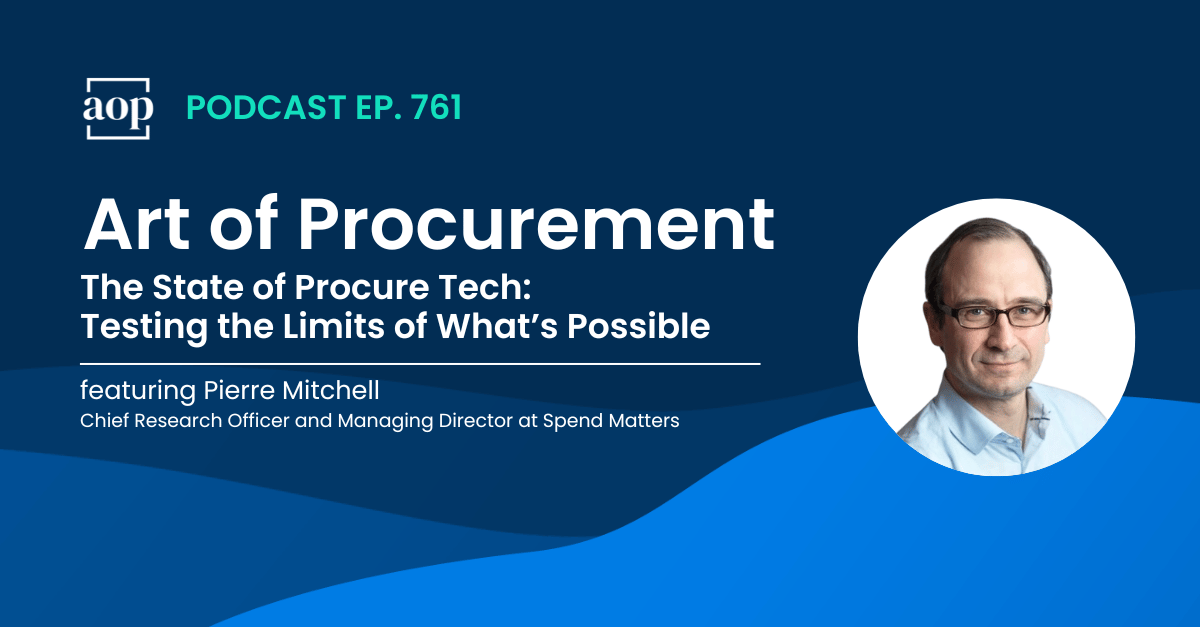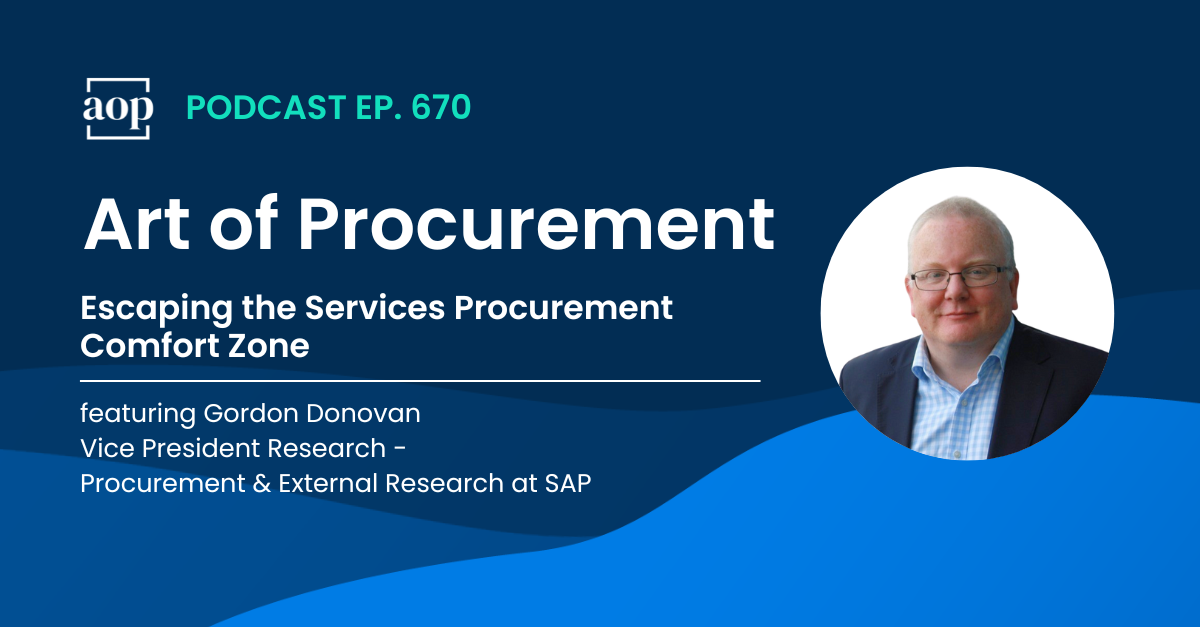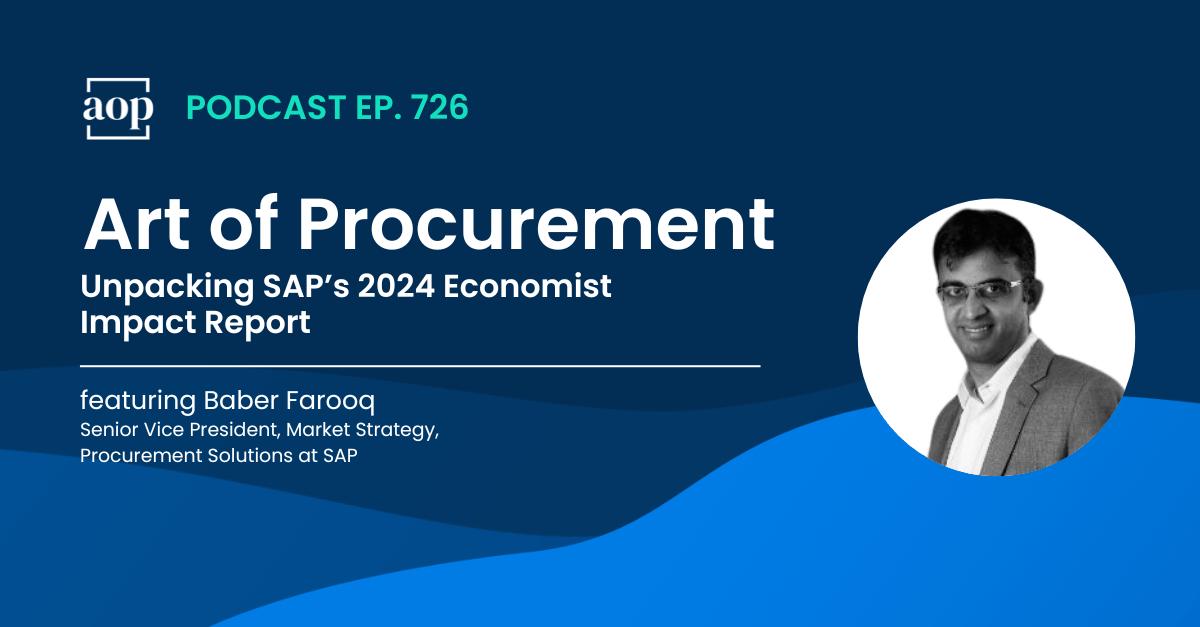4 min read
The ESG Imperative: Balancing the Attainable With the Aspirational
Philip Ideson : February 4, 2024
“I think a large part of the ESG model is about bringing each other up together – capacity building – and learning from each other.” – Adam Hunt, Global SVP Procurement & Subcontracting, Exyte
For many C-suite leaders, environmental social and governance programs (ESG) aren’t something that’s just ‘on their radar,’ – They are fast becoming a top-line priority and valued revenue-driving program that procurement is charged with leading and scaling.
But ESG is not a monolith; there is no global standard for ESG and no singular concept with consistent expectations and regulations that apply around the world. Different regions have their own unique definitions and regulations around ESG, making it difficult for procurement to create a consistent framework for building and scaling their ESG programs. There are still some serious ‘unknowns’ when it comes to ESG.
To understand how to navigate regional or industry-specific considerations and build a stronger ESG program, I spoke with Adam Hunt, Global SVP Procurement and Subcontracting at Exyte. Adam also provided insight into how data and strategic goal-setting can play a large role in helping to mature the global supply chain and establish a better understanding of ESG and its potential for global business transformation.
Listen to the Conversation
Location, location, location
When it comes to ESG, place matters. As Adam explains it, how social responsibility or sustainability are defined can vary from region to region. Each region often holds different expectations or tendencies to consider certain ESG issues over others.
For instance, in North America we see a focus on diversity spend, but the approach varies depending on region. “In Canada, the focus is often on indigenous and LGBTQ communities,” he said. “In the US, you can argue it’s the same, but maybe it’s more focused on women or veteran communities.”
Similarly, Europe tends to place more emphasis on human labor and environmental practices, while many suppliers in the Middle East or parts of Asia are hesitant to register as LGBTQ2S+.
Clearly, cultural norms, local regulations, and other regional markers affect attitudes and expectations around ESG. Governmental regulations (like CHIPS or the Build America, Buy America Act, or even the German Supply Chain Act) also vary by region, further complicating things for procurement, who have to navigate these differences in order to build one comprehensive program that elevates the entire supply chain.
Top-down versus bottom-up goal-setting: which is better?
When global ESG regulations are inconsistent, as they are now, procurement has to decide where the goalpost is for ESG success and, as Adam said, “right now, that’s really a challenge. Did we overcommit? Did we under-commit? It’s left up to significant interpretation in some instances.”
Procurement can approach this in one of two ways:
- Taking a top-down approach to goal setting and using the most ambitious regulations as the benchmark for a new global standard – a rising tide that will lift all other boats, so to speak.
- Or, opting for what’s likely to be more attainable in the short-term, focusing region by region, setting standards according to what’s required for each unique market and letting the region dictate the ESG expectations and goals.
This can be a complicated choice for procurement, says Adam, but a necessary one. “You’re trying to prioritize certain sustainability or ESG-specific issues within the region or industry or business,” he said. “But also you want to map that back to the most meaningful and most measurable objectives that we can carry at a global level.”
Procurement still has to decide whether to “set a low target because you know that you can really hit it, or set a high target that you’re not sure you can get to but that looks good.” This can be a difficult choice for procurement when there is no clear global standard for what ESG success looks like. Adam suggests taking a more aggressive, aspirational approach is probably the way to go.
“I tend to think, you put it out there and you push,” he said. “For me, you just push your supply chain to come up with you and to get that level of effort up.”
Setting a strong ESG baseline
While goal-setting can be challenging to standardize across regions, establishing a strong baseline against which procurement can measure ESG progress is more tangible. At the same time, it requires collaboration.
“We drive a lot of this data from our supply chain, and our suppliers have to be partners in this and join us on this journey,” said Adam. “We will take on certain initiatives like supplier training and capacity building where we can in order to help them improve, but a lot of our data is pulled from our supply chain and our projects on how we execute as our baseline of ESG performance.”
This exchange of data and insight requires trust and strong relationships with suppliers. “Procurement is becoming more and more of a relationship industry because a lot of this ESG data is about trusting each other, complying, auditing, coming around and building on ESG together,” he said.
Building those relationships requires more than a questionnaire to suppliers every quarter. Real insight into actionable, valuable ESG data – for baseline- and goal-setting – is most accessible when there is a genuine one-on-one relationship.
“Those relationships help when you have phone calls with the CPOs of your suppliers or the CFOs and their sales teams,” said Adam. “You have to ask them, ‘How do we get on this journey together? You need to support me in building up this data. If you don’t, how can I help you get there?’”
Think global (but don’t ignore the local)
In a world without clear global ESG rules, regulations, or expectations, it can be difficult for procurement to figure out what success looks like and then communicate progress toward that success to an increasingly interested C-suite. Regional nuances, cultural differences, and varying regulations can muddy the waters when it comes to setting data-backed baselines and establishing global ESG targets that balance attainability and aspiration.
Despite this complex ESG landscape, procurement has a tremendous opportunity to push the global supply chain toward a more equitable, humane, and sustainable future.
“For me, a global diversity program recognizes regional differences and tailors diverse initiatives according to regions,” said Adam, while adding that procurement also has to “consider local cultural norms, legal requirements, and specific diversity challenges which will be different for each region, then they can map that back to give that global program the diversity that they’re trying to show.”
Subscribe to Art of Procurement
Apple | Stitcher | iHeart Radio | Email






